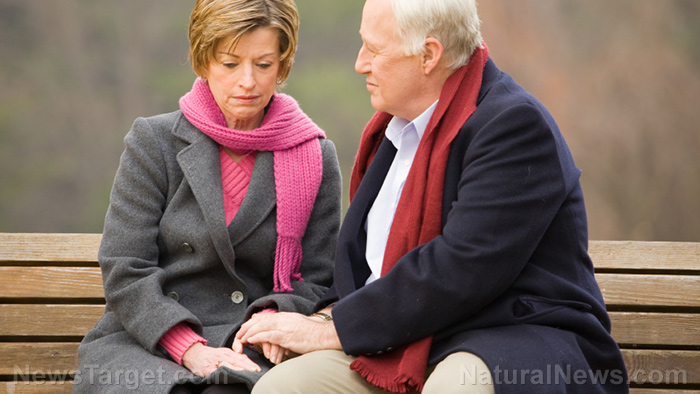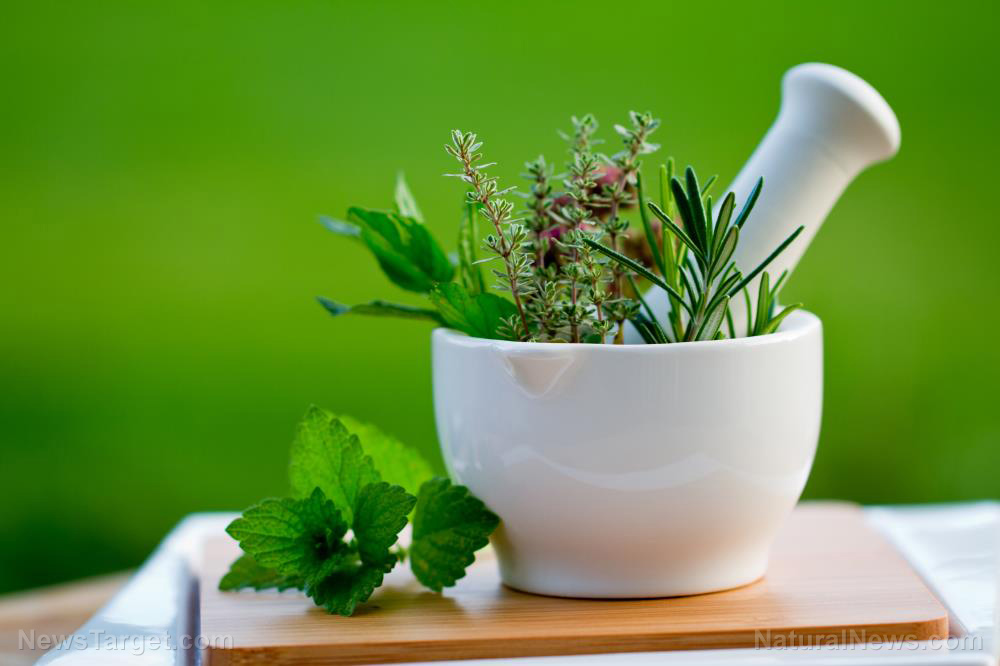The importance of taking supplements and reducing fall risk if you have MS and osteoporosis
06/02/2020 / By Divina Ramirez

Minor falls typically cause treatable injuries like scrapes and swollen muscles. But a simple fall can also cause fatal fractures, internal hemorrhage and paralysis. The National Floor Safety Institute (NFSI) reports that falls are the second leading cause of spinal cord injuries. Although it’s fairly easy to avoid falls when you’re fit and healthy, the same cannot be said for older individuals.
Osteoporosis and multiple sclerosis heighten the risk of falls
Poor lifestyle can heavily influence how the body fares in later years, especially when confronted by degenerative diseases like osteoporosis and multiple sclerosis (MS). In particular, these two are among the most common diseases that affect older individuals.
Although osteoporosis and MS are not inherently fatal, they severely heighten the risk of fatal falls. In frail adults, a fatal fall can lead to physical impairment, irreversible injuries and death.
Osteoporosis, a type of bone disease characterized by low bone density, causes more than 8.9 million fractures every year as a result of falls. It typically affects women since bone density is sensitive to estrogen levels, but men face considerable risk as well. The National Osteoporosis Foundation (NOF) reports that approximately 10 million Americans have osteoporosis, while another 44 million have low bone density.
MS, on the other hand, is a type of progressive autoimmune disease that tends to affect the central nervous system. It is also a known culprit of fall-related injuries since it is complicated by low bone density and fractures. (Related: Exciting new breakthrough could lead to a cure for multiple sclerosis.)
Although considered an unpredictable disease, MS is known to increase the risk of falls due to its adverse effects on mobility. As a result, people with MS find it difficult to do basic tasks without support. A recent study published in Clinical Rehabilitation revealed that a majority of the reported falls in people with MS occurred indoors in the middle of day-to-day activities.
Calcium supplements for osteoporosis treatment and prevention
Calcium is best absorbed through the foods we consume. However, healthcare professionals may recommend the use of calcium supplements for individuals who can’t get enough calcium from foods alone.
People with nutrient absorption problems due to gastrointestinal issues can also benefit from calcium supplementation. Meanwhile, people who follow vegan or vegetarian diets might need to take calcium supplements since calcium is more abundant in animal products.
In severe cases of bone loss, physicians may prescribe the use of synthetic drugs. Common drugs used to reverse bone loss and treat MS include muscle relaxants, glucocorticoids and selective serotonin reuptake inhibitors (SSRIs).
Unlike calcium supplements, these drugs can do more harm than good. Studies show that long-term use of glucocorticoids can lead to bone damage and significant bone loss. The prolonged use of SSRIs has also been linked to a heightened risk of fractures.
Home modifications can help minimize the risk of falls
Osteoporosis and MS tend to occur early in life with little or no symptoms, which complicates early detection. Still, individuals who find themselves with either disease in later years can minimize the risk of falls with proper precaution. Here are five home modifications you can do to prevent falls.
Clean up clutter
One of the easiest ways to prevent falls is to keep the house neat and tidy. Get rid of unnecessary clutter like stacks of newspapers while keeping things like toys and shoes out of hallways.
Remove fall hazards
Check the house for loose carpets, slippery rugs and uneven floorboards that you might trip on. Repair the hazards, if possible, or remove them completely.
Install handrails
Older adults may need to rely on canes and walkers over time. But you can also install safety fixtures like handrails to make it easier to move about the house.
Replace old light bulbs
Inadequate lighting is also a major hazard, especially in stairways and hallways. Replace weak light bulbs or light fixtures where needed. You can also place nightlights along hallways for better guidance at night.
Use non-slip mats
The kitchen and bathroom floors tend to get wet throughout the day. To prevent falls, install non-slip mats in these areas.
Osteoporosis and MS increase the risk of falls in older adults. To minimize this risk, add more natural calcium into your diet and observe precautionary measures at home.
Sources include:
Submit a correction >>
Tagged Under:
aging, brain health, calcium, cognitive health, disease treatments, elderly care, fall prevention, multiple sclerosis, nutrients, osteoporosis, prevention, supplements, women's health
This article may contain statements that reflect the opinion of the author
RECENT NEWS & ARTICLES
COPYRIGHT © 2017 NATURAL CURES NEWS





















